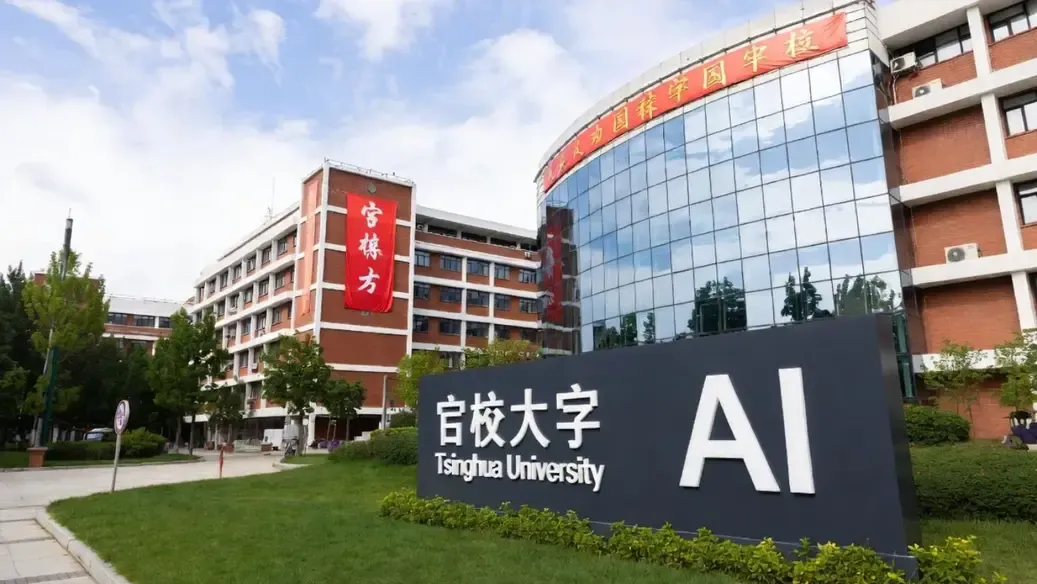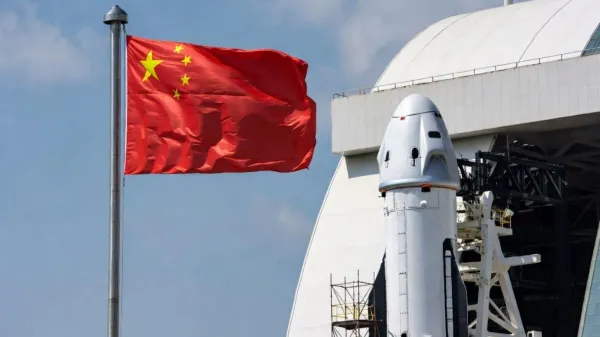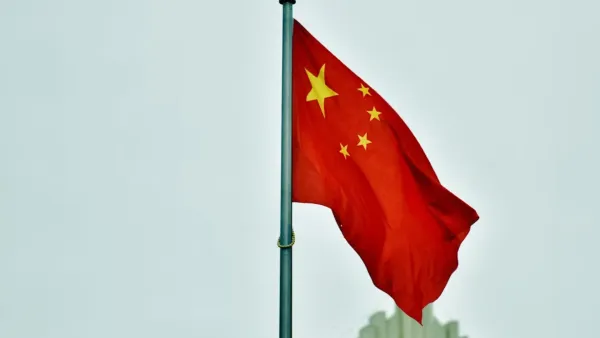Tsinghua University in Beijing has emerged as a central node in China’s push to dominate artificial-intelligence (AI) innovation. The university is now filing more AI-related patents than many top US research hubs, helping accelerate China’s foothold in the field.
This uptick is part of a broader trend: China is now filing significantly more patents in AI technologies than the US, according to multiple analyses of recent global data.
Why Patents Are A Strategic Indicator
Patents serve as a proxy for an institution’s ability to translate research into protected intellectual property, and increasingly into commercial applications.
For Tsinghua, strong patent output reflects both research capacity and strategic alignment with national priorities.
China’s government has declared AI a key sector under its “new quality productive forces” agenda, directing major resources into universities, research institutions and industry link-ups to accelerate technological self-sufficiency.
What Sets Tsinghua Apart
At Tsinghua, there is an ecosystem where faculty, graduates and spin-outs work closely with industrial partners. This setup helps channel scientific output into patentable inventions that reach commercial scale.
The institution is ranked among Asia’s top universities in computer science, engineering and AI, positioning it as a recruitment base for top domestic talent and returning graduates from abroad.
The surge in patent activity at Tsinghua and other Chinese institutions signals that China is no longer just catching up in AI; it is deeply embedding itself into the innovation chain. This has consequences across academia, industry and national-security strategy.
For the US and its research institutions, the trend underlines the need to not just lead in volume but to continue converting research into globally competitive products and systems.
The gap in number of patents is closing, which shifts the challenge from quantity to quality and ecosystem maturity.
Looking Ahead
In the next period the key questions are how many of these patents translate into widely used AI products, how China manages access to global markets given export controls and how research-to-commercial pipelines compare across the US-China divide.
Tsinghua’s role will likely deepen as it catalyses further collaboration with industry and state resources, reinforcing China’s positioning in frontier technologies.
The rest of the world will need to monitor whether patent filings translate into real global influence and competitive edge, not just numbers on paper.



